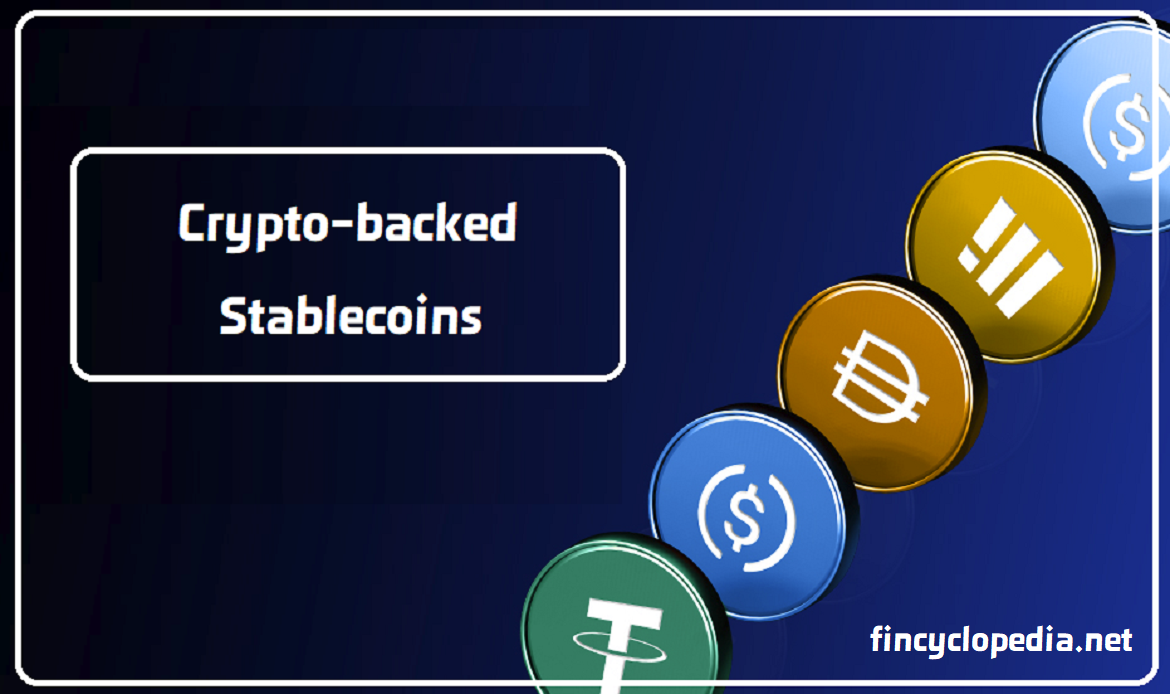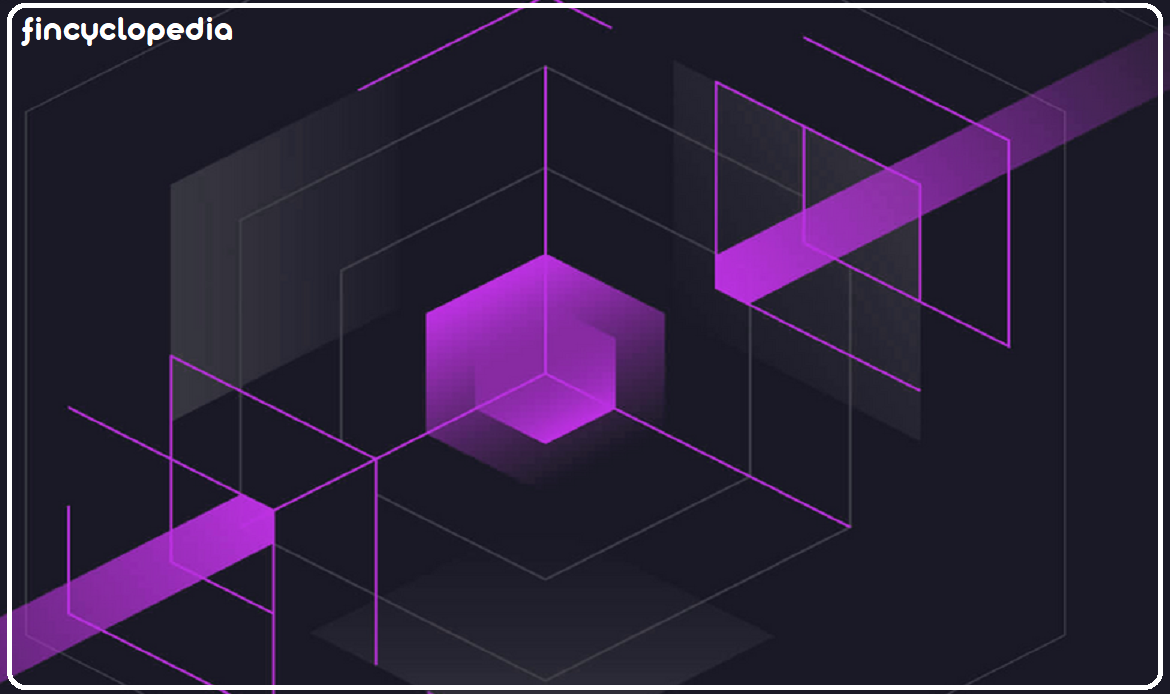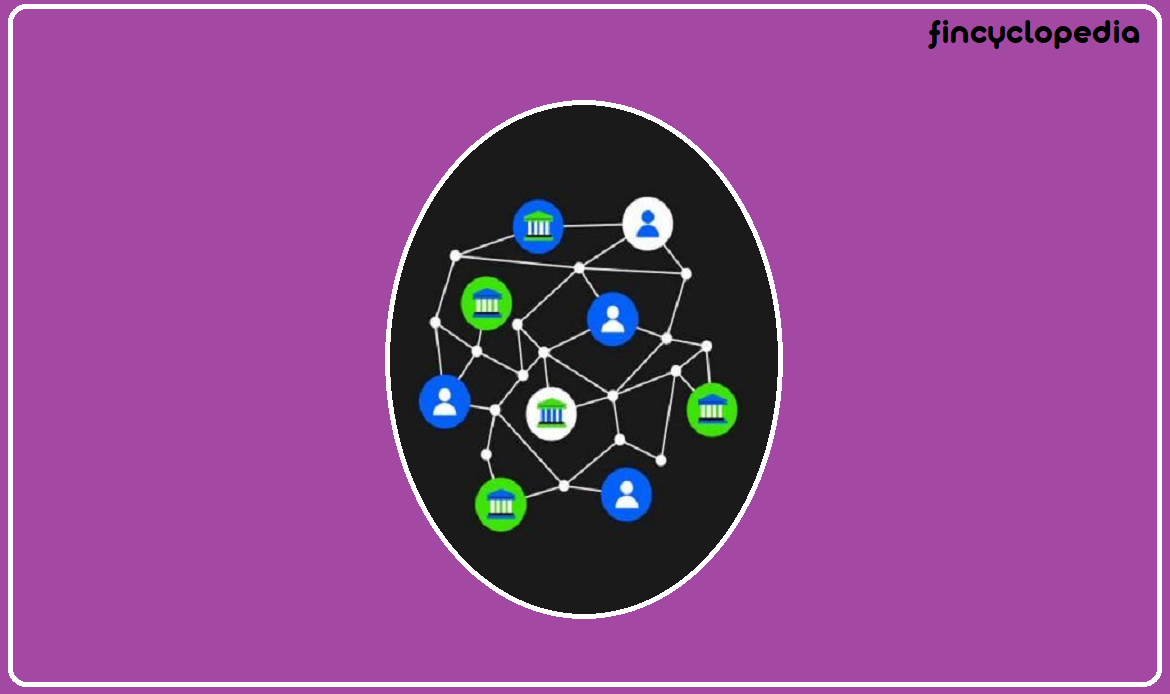
Concept:
A virtual asset is defined as any form of economic resource or valuable (or value-bearing item) that is presented in a digital or virtual form. It is a digital representation of ownership or rights related to such resources or items.
In crypto space, virtual assets usually refer to blockchain-based assets that can be used for purchasing (as a means of exchange, like money), investment (as a means by which value can be created and maximized) or trading purposes.
Unlike traditional assets, virtual assets are generally traded through blockchain, a decentralized system that does not function through a central authority. Each participant is connected to the network via internet and becomes a ‘node’ of the network. All transaction verification and records are sparsely stored in such independent nodes. When new transactions come through and flow, the nodes validate and confirm them. Once done, these transactions are added to the blockchain so that a certain amount of asset (or coin) can be received as rewards, in a process known as mining. The asset data are organized into blocks and secured by a technology known as cryptography.
Depending on jurisdiction, a virtual asset can also be known as a digital asset or crypto asset (e.g., within the EU). In other regions, the term digital token may be used to denote the same.
Main types:
In the crypto space, any asset, product or service or broadly any valuable or value-carrying item can be tokenized. The most distinct types of tokens are fungible tokens and non-fungible tokens. However, other types do also exist and may arise over time:
- Cryptoassets, such as cryptocurrencies: any digital or virtual currency that is created and issued by private market participants, rather than central authorities or incumbent financial institutions (e.g., banks). A cryptocurrency, cryptocurrency, or crypto is designed to function as a medium of exchange through a computer network that is not run by any central authority, such as a government or a bank. The network uses cryptography for security.
- Security tokens: an asset that is created, in the form of a token, by digitizing a tangible or intangible asset. A security token/ tokenized asset represents a divided share in the ownership of real, financial, or digital assets that is recorded on a blockchain in the form of digital tokens. By means of an asset tokenization, an issuer creates digital tokens on a distributed ledger or blockchain, which represent.
- Non-fungible tokens (NFTs): a type of cryptographic asset whose ownership is established by a unique digital certificate held as an entry on blockchain. Such assets represent something unique (with non-fungible features), and hence each non-fungible asset/ token has unique identification codes and metadata that set them apart from other assets on the blockchain. In contrast to cryptocurrency, non-fungible tokens are not mutually interchangeable, and consequently cannot be used as a medium of exchange for transactions.
- Currency tokens/ asset tokens: any types of money tokens such as e-money tokens (EMTs) and asset-referenced tokens (ARTs)/ asset-backed tokens (ABTs).
- Decentralized autonomous organization tokens (DAO tokens): tokens that are issued by decentralized autonomous organizations (DAOs). They are a type of crypto asset that gives holders rights within an organization’s decision-making structure. DAO tokens are used asincentive to users to participate in decision-making processes carried out for developing and maintaining dApps or other projects on a blockchain.
Depending on local laws and taxonomy, virtual assets do not include digital representation of fiat currencies– i.e., digital fiat currencies (such as e-currencies issued by central banks).







